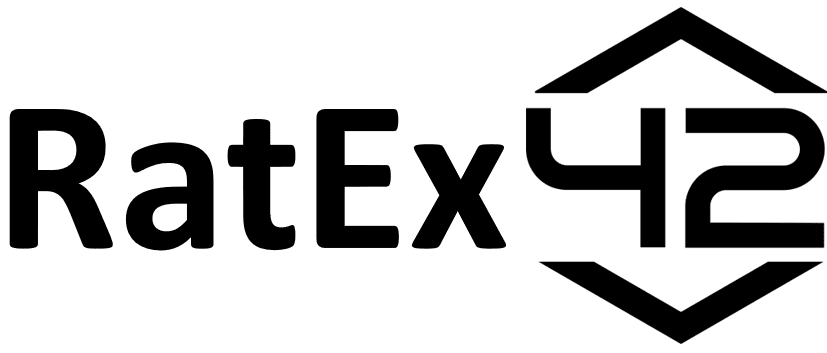As the global regulatory environment for cryptocurrencies intensifies, stablecoin issuers such as Tether are facing unprecedented challenges. A recent research report by JPMorgan has highlighted the significant hurdles that Tether—a dominant force in the crypto market with a market capitalization nearing $117 billion—might encounter under the evolving regulatory frameworks. Among these, the EU’s Markets in Crypto Assets (MiCA) regulation is poised to be particularly transformative, recognizing stablecoins as systemically critical digital assets.
The Role of MiCA in Shaping Stablecoin Regulations
MiCA represents a landmark regulatory framework in Europe, aimed at bringing comprehensive oversight to the crypto industry. One of its core components is the regulation of stablecoins, which are digital assets pegged to traditional currencies like the US dollar. Given their potential to disrupt the financial system, MiCA categorizes stablecoins as system-critical. This designation brings with it stringent requirements for issuers, who must obtain regulatory approval if they meet specific criteria related to market impact, user base, and transaction volumes.
For stablecoins like Tether, MiCA’s requirements could necessitate significant changes in how they operate. For instance, MiCA mandates that at least 60% of stablecoin reserves must be held with European banks. This requirement could pose a logistical and financial challenge for Tether, which has historically faced criticism for its opaque reserve management. Meeting this threshold would likely require Tether to overhaul its reserve management strategy, shifting a substantial portion of its assets into European financial institutions—a move that could strain existing relationships and operations.
Transparency and Accountability: The Pillars of Compliance
Transparency has long been a sticking point for Tether. The company has previously been scrutinized for its lack of detailed disclosure regarding the composition of its reserves. Under MiCA, the pressure to enhance transparency and accountability will only increase. Tether will be required to provide more frequent and detailed disclosures, subject to rigorous audits by European regulators. Failure to comply could result in severe penalties, including the potential loss of its status as a legitimate stablecoin issuer within the EU—a market that is critical to its global operations.
This regulatory push for transparency is not unique to Europe. In the US, the stablecoin market is also under the microscope, with new legislation expected to be introduced by 2025. While the specifics of U.S. regulations remain to be seen, they are likely to mirror the stringent requirements of MiCA, further complicating the landscape for Tether and similar entities.
Competitive Implications: The Rise of Compliant Stablecoins
As the regulatory environment tightens, Tether’s competitors, particularly Circle’s USDC, could gain a strategic advantage. USDC, with a market capitalization approximately three times smaller than Tether, has positioned itself as a more transparent and compliant alternative. Circle has proactively engaged with regulators, positioning USDC to benefit from the new regulatory environment. Should Tether struggle to meet MiCA’s requirements, USDC and other compliant stablecoins could capture a larger share of the market, reshaping the competitive dynamics of the industry.
Tether’s Response: Challenges and Opportunities
In response to these regulatory challenges, Tether has acknowledged the complexities that lie ahead but remains optimistic about the long-term impact of MiCA on the crypto industry. The company sees the potential for these regulations to ultimately strengthen the stability and security of the sector, which could enhance trust among users and investors. Tether’s leadership has indicated a willingness to adapt to the new regulatory environment, though the path forward will undoubtedly be fraught with challenges.
Conclusion: The Future of Stablecoins in a Regulated World
The introduction of MiCA marks a significant turning point for the cryptocurrency industry, particularly for stablecoin issuers like Tether. As regulators in Europe and beyond continue to develop frameworks that recognize the systemic importance of these digital assets, compliance will become a critical factor in determining market leadership. For Tether, navigating these regulatory waters will require substantial changes in strategy, increased transparency, and a commitment to aligning with global regulatory standards. The outcome of this regulatory shift will not only shape the future of Tether but also set the stage for the evolution of the stablecoin market as a whole.
